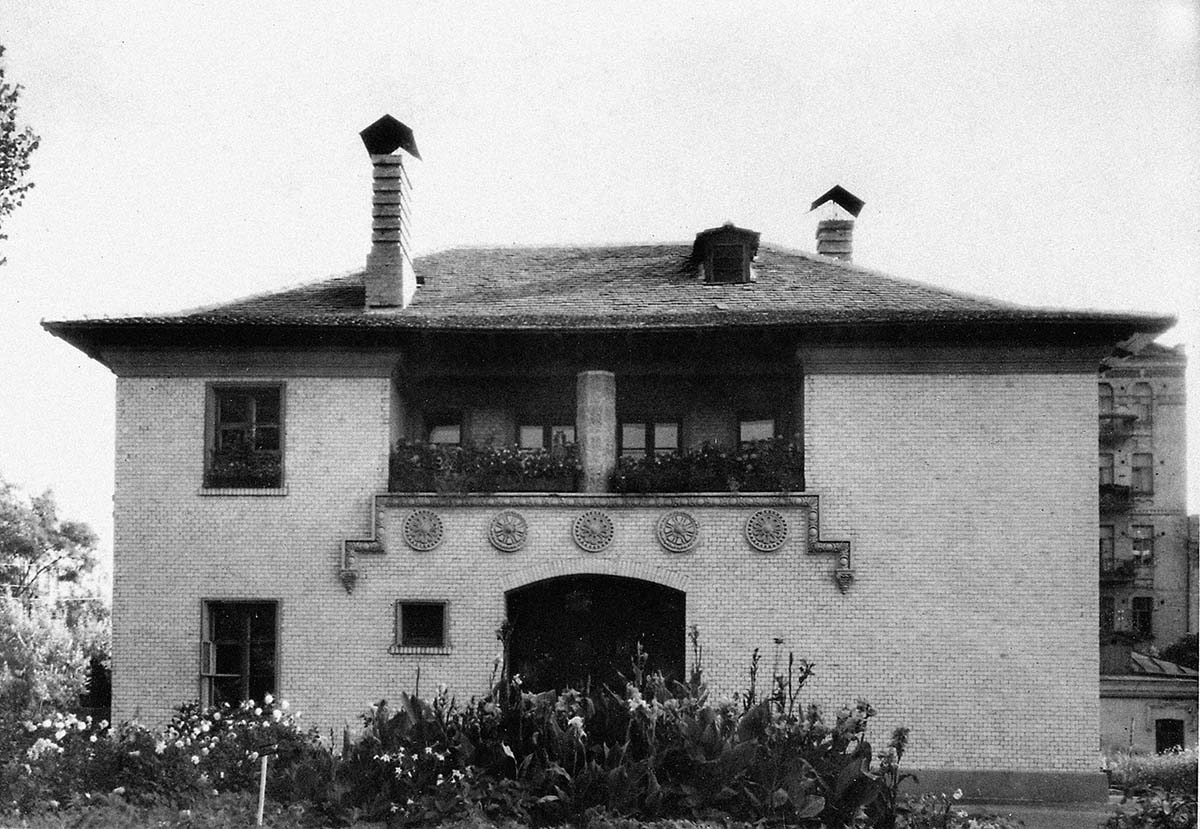Nikolai Fedorovich Vatutin was a Soviet military leader, army general and hero of the Soviet Union (title received on April 15, 1965, posthumously). On February 29, 1944, Vatutin, together with his escort, went in two vehicles to the location of the 60th Army to check the progress of preparations for the next operation. When entering one of the villages, the cars came under fire from a UPA sabotage group. Vatutin jumped out of the car and, together with the officers, entered into a shootout, during which he was wounded in the thigh. The seriously wounded military leader was taken by train to a Kiev hospital. The best doctors were summoned to Kyiv, among them the chief surgeon of the Red Army N. Burdenko. Nikolai Fedorovich received a through wound to the thigh with bone fragmentation. Despite surgical intervention and the use of the latest penicillin during treatment, Vatutin developed gas gangrene. A council of doctors led by Professor Shamov proposed amputation as the only means of saving the wounded, but the military leader refused (according to his daughter, he asked the doctors for amputation, but he was refused – when Burdenko arrived on the scene, he immediately carried out the amputation, but the situation was already irreversible). It was never possible to save Vatutin, and on April 15, 1944, he died in hospital from blood poisoning.
According to an interview with the general’s daughter, Elena Nikolaevna Vatutina, after his death, the first secretary of the Central Committee of the All-Union Communist Party (Bolsheviks) of Ukraine, Nikita Khrushchev, offered the widow to build a two-story mansion at Artema Street (now Sichovykh Streltsov), 46, at the expense of the state. But she refused, as she was offended by Khrushchev, who did not ensure the rapid delivery of her husband to Moscow for treatment. She often said in a small circle of her family: “How did it happen that a combat army general, who survived battles with the Nazis, received a bullet not from the enemy?” He didn’t fight with the Ukrainian people. And he died for Ukraine… The unpleasant conversation ended with Khrushchev hanging up and never calling again, and the Vatutin family began to live in their Moscow apartment near the Arbat. The state nevertheless built that mansion in 1948 and sold it to the writer Alexander Korneychuk and his wife Wanda Vasilevskaya, also a writer. For some reason, Korneychuk later started a rumor that he allegedly bought it from Vatutina for 2,000,000 rubles. – I don’t know why he did it. We didn’t live in that house for a day and didn’t even see it,” recalls Elena Nikolaevna. In 1957, Korneychuk and his wife received a new large apartment in a prestigious government building on what is now Shelkovichnaya Street, 10. They also had a dacha, so they no longer needed a city mansion. After they moved out, a registry office office for registering newborns settled there, and in our time, George Soros’s “Virginia” foundation is located here.
The mansion was built approximately on the same spot where the Ascension Church used to stand (it was built in 1872, it was reconstructed at the beginning of the 20th century, and demolished in the 1930s). The brick arch of the gate of the church estate is still preserved as the entrance to the territory of the mansion. The author of the house project was Anatoly Vladimirovich Dobrovolsky, who was noted in Kiev for such buildings as Hotel Ukraine, Khreshchatyk metro station, Bolshevik plant, Boryspil airport, Northern Bridge and house with a star. On the ground floor there is an entrance hall, living room, dining room, office, kitchen and pantry; on the second floor there is another living room and two bedrooms. The mansion was built by Hungarian prisoners of war – many years later, in the 1990s, during renovations, a note was discovered in a cache with the names of twenty builders listed and the following text:
“Memory: Kiev, 1948, February 10. This house was built by 20 Hungarian prisoners of war, this is their honest work. Whoever finds this note – while reading, remember the work of the hands of a Hungarian man.” On the back of the note there are surnames with the names and professions of those , who built the mansion. No desperate appeals, no grief – just a calm and dignified listing. A curious coincidence is that George Soros, whose foundation is now located in this house, is Hungarian by nationality.
Where is the mansion of Nikolai Vatutin?
Sichev Streltsiv Street, 46


